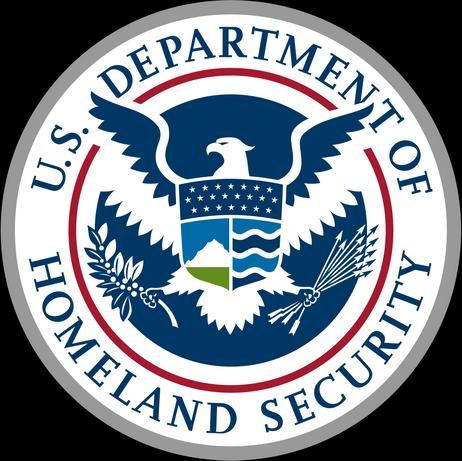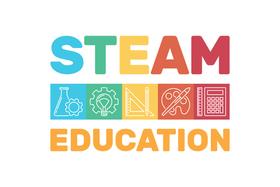When applying to private schools, you will find two kinds of admissions at American schools: admissions with a fixed deadline and rolling admissions. Let's look at rolling admissions and how they compare with admissions with fixed deadlines.
What is rolling admissions?
Rolling admissions refers to a school's practice of accepting applications within an admissions application window and acting on them within a couple of weeks or months, as opposed to waiting until a fixed deadline.
How does rolling admissions work?
Let's assume the rolling admissions window opens on September 1. You could submit your completed application on September 2 and expect to have a decision back from the school within a time frame from two weeks to two months. At a school with a fixed deadline for admissions, you could submit your application on September 2 but not hear whether your child had been accepted until sometime in March, assuming the fairly common January 31 deadline.
Professor Allen Grove explains the various kinds of admissions in great detail. This is a longish but in-depth video that is well worth bookmarking for later viewing.
Many schools with rolling admissions have a priority deadline. It would be wise for you to submit your application before that deadline. Once all the places are filled, applications from candidates who would otherwise have been accepted will go on a waitlist.
Which schools use rolling admissions?
Many private schools use rolling
















